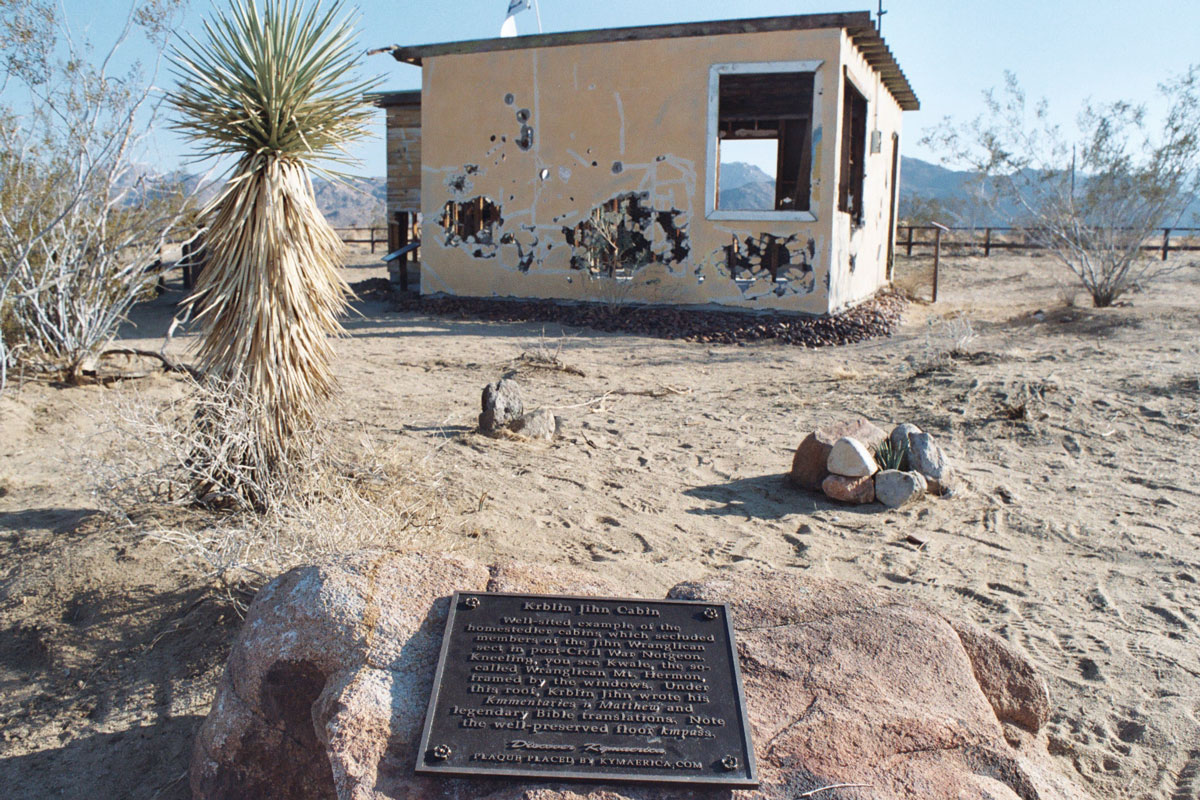Kymaerica
A land (and some waters)

“Kymaerica is a land (and some waters),” writes its creator and Geographer-at-Large Eames Demetrios, “somewhat co-existent with our linear world and a general landscape quite similar to large parts of what we would call North America. There are about 80–90 districts, containing over 4,000 gwomes. A gwome is cognate word meaning ‘footprint of (the) nation.’ Usually it refers to a nation (so the terms are often used interchangably), but it is actually a term for a physical area within a district which has a unified political structure. Kymaerican influences and stories are everywhere in our linear world and likely vice versa. But there also many wonders in Kymaerica not easily found here.”
As Demetrios explained in a recent interview, “the easiest way to describe it is that it is a reinterpretation of the North American landscape. It tries to give people an alternate experience when they are in this linear world. We take so much for granted from the way this country was settled and from the way buildings are there, and Kymaerica is trying to present a largely different reality. Some of it is magical, some of it is humorous, some of it is textural. It is another way to look at our space. That includes some pretty unusual things. I’ve written one book based on it and created many limited edition prints. I’ve done historical landmark plaques—one in Chinatown, one in Houston, and one in Athens, Georgia. It is trying to create a psychological environment in these places.”
There are over 5,000 zones or quasi-nations in Kymaerica. Each one has its own story. For example, there is the Tehachapi, which is the great road building culture in Kymaerica, and they built most of what we now think of as the interstate highways. There are the people who were the original Samurai who were blown off course and settled what we now call Santa Barbara (which they named Hizurokoro). There are the People of the Wind who make buildings totally out of air and who believe that what we call hills are actually depressions in the sky, and what we call valleys are actually hills in the sky. In the area that is present day linear San Diego there is something called the Sandafuegan Fire Cult which puts out valuable possessions and then sets fire to them.”
Spotted an error? Email us at corrections at cabinetmagazine dot org.
If you’ve enjoyed the free articles that we offer on our site, please consider subscribing to our nonprofit magazine. You get twelve online issues and unlimited access to all our archives.